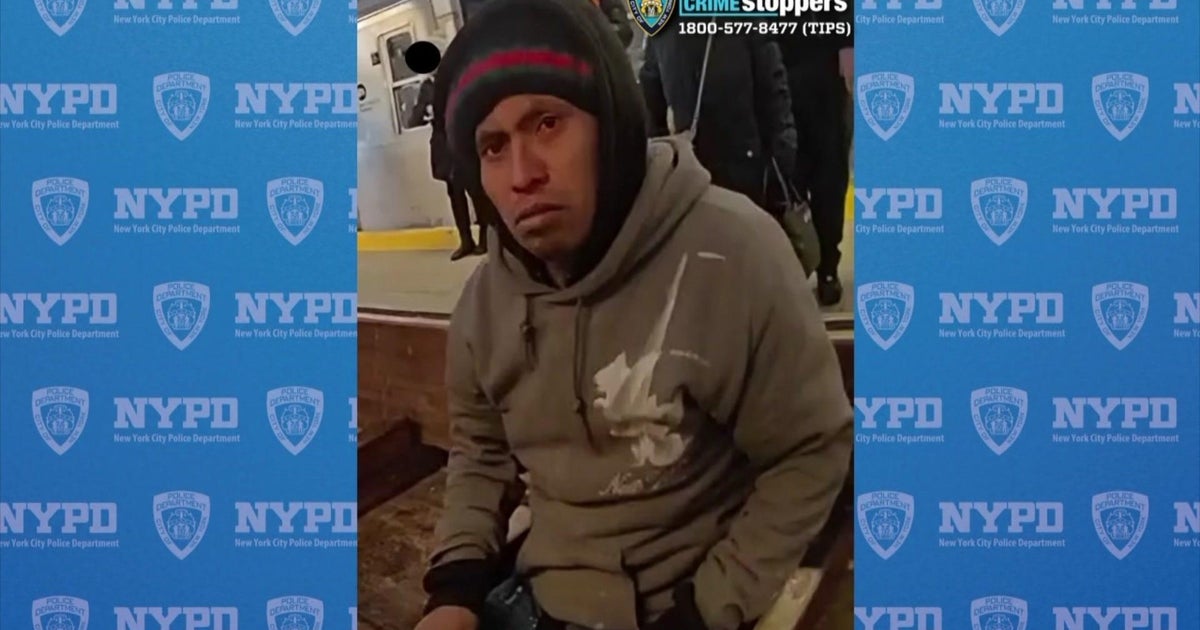Pilots' Claims In Crash Files Dog Med Test Company
NEWARK, N.J. (AP) -- The federal investigation into a fatal 2009 plane crash in New Jersey has uncovered allegations that the country's largest medical lab operator put commerce ahead of safety and threatened pilots who complained about inadequate training, dangerous flying practices and crushing workloads.
The investigation also highlights how Quest Diagnostics and companies like it operate fleets of planes with little scrutiny from the Federal Aviation Administration under rules similar to those governing weekend fliers and hobbyists.
"There isn't a tremendous amount of oversight in that sector," said Bill Voss, a former FAA official who heads the Flight Safety Foundation, a nonprofit that advises on aviation issues. "You'd have to get into some incident of some sort or get a whistle-blower to say they're violating FAA regulations."
Pilot George Maddox and co-pilot Sanil Gopinath were seriously injured in the Aug. 21, 2009, crash of the twin-engine Beech 58 at Teterboro Airport. Maddox died two weeks later.
The National Transportation Safety Board hasn't determined an official cause, but its preliminary report issued in November contains allegations from current and former employees of Madison, N.J.-based Quest.
Among them:
-- Pilots often flew with insufficient rest time between flights. Three weeks before the crash, two pilots reportedly flew nine hours from Pennsylvania to New Mexico and Colorado and back to New Jersey, arriving at 1 a.m.; they were assigned to fly four more hours the next morning after sleeping for three hours, a clear violation of FAA rules, Voss said.
-- Though Quest had a policy giving pilots final say on whether to fly in bad weather, some told investigators that the policy was "just a plaque on the wall" and that they were frequently pressured by managers to attempt risky landing approaches. "We're often told, 'You're flying an irreplaceable specimen!"' one pilot told the NTSB. "How do you compete with that? Do you know how many hurricanes I've flown through?"
-- Flights carrying medical samples routinely carried more dry ice than allowable under FAA guidelines; when it sublimates into carbon dioxide in a confined space like a plane cabin, it can cause confusion, dizziness or unconsciousness. Pilots told investigators of being "overcome by carbon dioxide prior to engine start, during takeoff, as well as experiencing symptoms in flight" and of not receiving training in the use of on-board oxygen but being told "not to use the oxygen unless we were impaired."
-- When asked whether they were familiar with the company's no-reprisal policy, several employees said they were targeted after voicing safety concerns; others "laughed at the question and others just stared back at the interviewers, and would not reply," the report states. The policy was part of a safety program put in place after a 2004 audit by the Flight Safety Foundation that was prompted by a nonfatal accident involving a Quest plane. Company officials told investigators the policy is enforced.
In an e-mailed statement, the company defended its safety practices to The Associated Press. It said that the conclusions in the NTSB report are "based on an incomplete and inaccurate investigation" and that "the basis for the NTSB's assessment of the company's safety culture is based primarily on statements of two former disgruntled employees."
Quest performs testing for more than a half-million patients each day and serves about half the doctors and hospitals in the U.S., according to its website.
Albert Murrer, Quest's director of air logistics, told NTSB investigators the company operates 20 to 30 planes that fly 28,000 hours a year to more than 60 cities.
"We've grown so much that at the level we are now, we are an airline," the report quotes him saying.
Despite its size, Quest operates under the FAA's Part 91 rules, a set of general aviation regulations that apply to noncommercial flights, from single-engine Cessnas flown by amateurs to Learjets used for corporate travel.
Part 91 operators aren't required to meet the more stringent requirements of Part 121 (commercial airlines) or Part 135 (for-hire charter) operators in areas such as pilot certification and training, pilot rest periods and reporting planes' weight and balance readings.
"The difference between Part 91 and Part 121 or 135 is whether it's for hire or not," FAA spokeswoman Laura Brown said. "If a company is operating its own fleet of aircraft, it's not for hire. Under Part 91, the rules are the same whether you're operating one plane or a number of airplanes."
That worries people like Voss and Lisa Maddox, whose husband flew for Quest for 15 years. She suggested that inadequate training might have played a part in the accident; some Quest pilots expressed reservations about Gopinath's abilities to the NTSB.
In his initial statement to the NTSB after the crash, Gopinath described a tug of war with Maddox over the flight controls in the final minutes after the co-pilot "brought the power down," causing Maddox to "freak out." Gopinath later recanted the statement.
"It's pretty shocking that a company can operate at this level and be able to operate under Part 91," Lisa Maddox said.
"I don't think that's the way the law should be. When you put a company like Quest together with Part 91, you're going to have accidents. They're going to take advantage of the lack of regulation."
Voss doesn't envision the rules being changed to differentiate between smaller and larger operators.
"If it's your stuff being flown for your purposes at your cost, it's considered a private business," he said.
(Copyright 2010 by The Associated Press. All Rights Reserved.)



